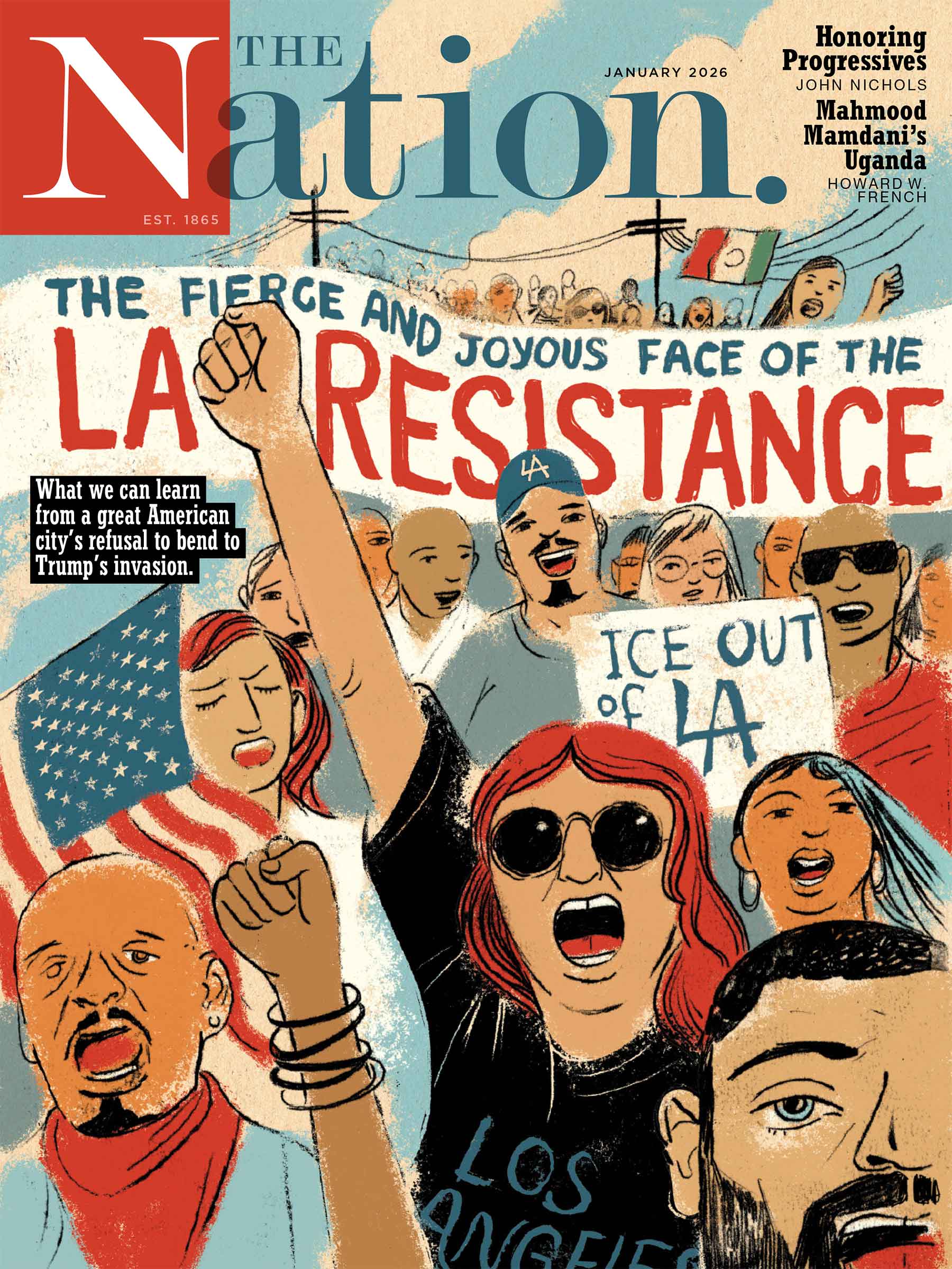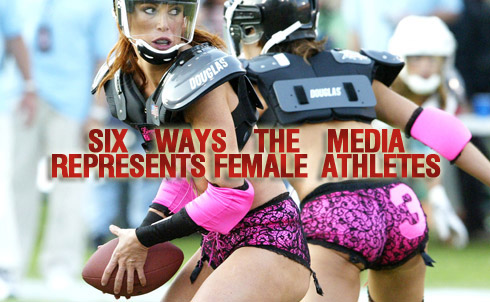
Female athletes are significantly more likely to be portrayed in ways that emphasize their femininity and heterosexuality over their athletic prowess, often with the justification that such depictions attract fans to women’s sports. But as Mary Jo Kane reports in her article in this week’s special Sports issue, far from piquing interest in female sports, hyper-sexualized media images actually serve to suppress interest in—and respect for—women’s sports.
In her research, Kane has identified categories into which the representation of female athletes consistently fall—from competent athlete to soft-core porn star, here are the six ways the media represents sportswomen.
Players in the Lingerie Football League’s First Annual Lingerie Bowl
Credit: Getty Images/Frazer Harrison
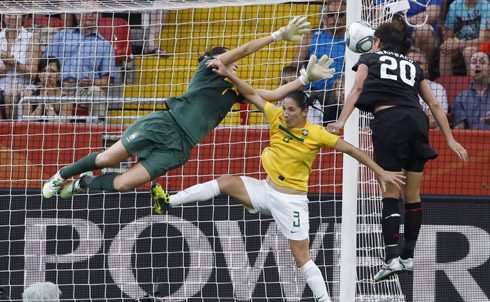
In a straightforward representation of a sportswoman’s athletic competence, the athlete is portrayed in uniform, on court and in action. In Kane’s research, this mode of representation was the most likely to increase fans’ interest in women’s sports.
Abby Wambach of the US scores against Brazil’s goalkeeper Andreia Suntaque and defender Daiane Menezes Rodrigues during the Women’s World Cup quarter-final in Dresden, July 10, 2011
Credit: Reuters Pictures
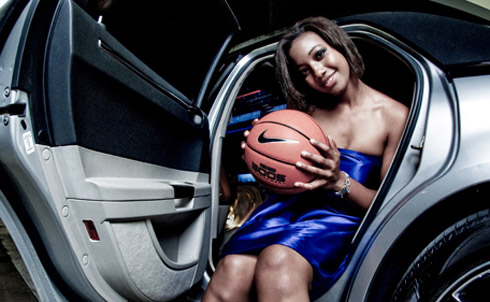
In the ambivalent mode of representation, indications of athleticism are present, but the primary image features a non-athletic, off court, feminine portrayal.
Chelsea Davis, Florida State Women’s Basketball, from the Florida State Women’s Basketball Media Guide
Credit: Dave Barfield

In this “wholesome” mode of representation, the sportswoman is shown with minimal or no indication of athleticism.
Michelle Wie, Professional Golfer
Credit: Sports Illustrated/Getty Images/Walter Iooss Jr.
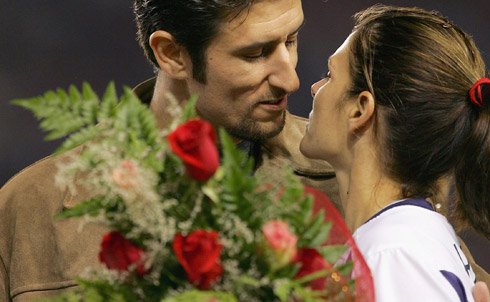
The hyper-heterosexual portrayal takes a well-known female athlete and explicitly links her to traditional heterosexual roles, such as girlfriend, wife or mother.
Mia Hamm, former Olympian and professional soccer player with husband Nomar Garciaparra
Credit: Getty Images/Lisa Blumenfeld
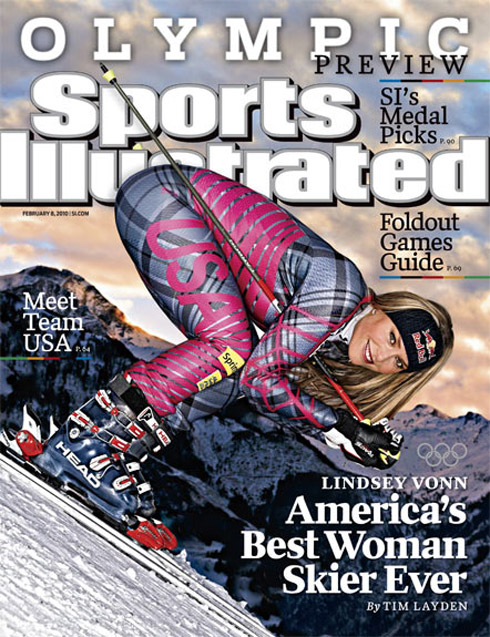
The “sexy babe” mode, which represents a “hot” female athlete, falls just short of soft pornography.
Lindsey Vonn, Olympic skier
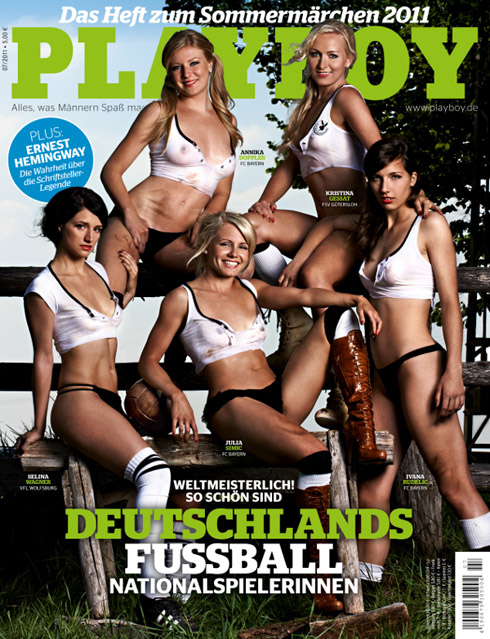
The soft pornography mode of representation, such as when world-class athletes appear semi-nude in men’s magazines, simply reinforces sexual objectification of sportswomen and, as Kane’s research shows, alienates and offends many sports’ core fan base.
For more on the bad science—not to mention bad politics—behind the media’s representation of female athletes, read Kane’s article in The Nation’s special sports issue.
Selina Wagner, Annika Doppler, Julia Simic, Kristina Gessat and Ivana Rudelic of the German national soccer team on the cover of Playboy
For more images from Mary Jo Kane’s research, visit the website of the Tucker Center for Research on Girls & Women in Sport at the University of Minnesota.
